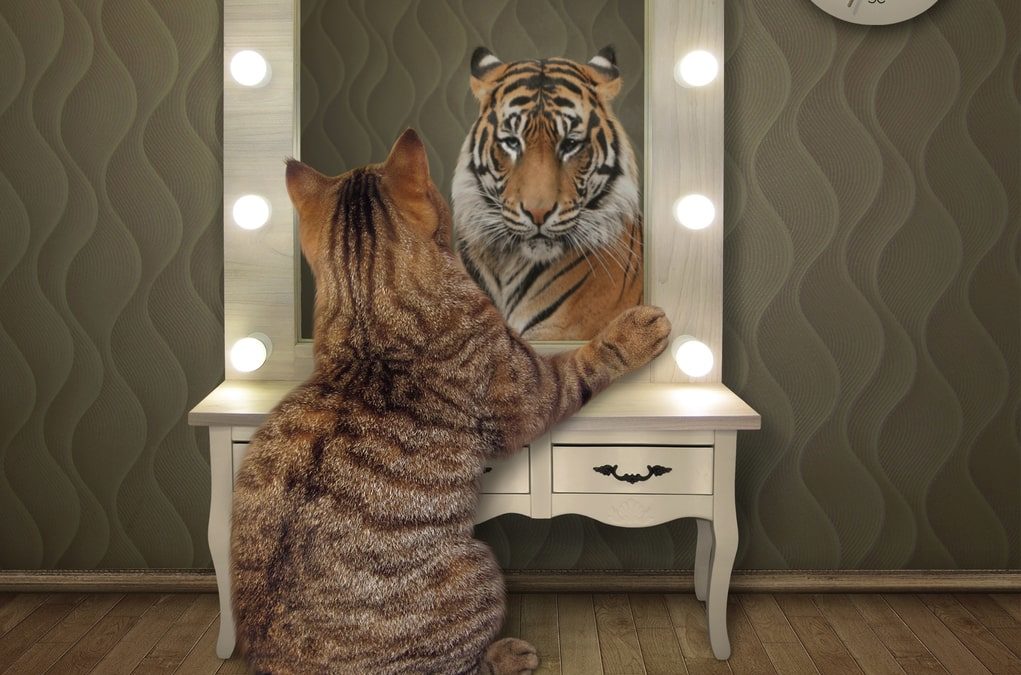There are varying beliefs on the actual percentage of how much of communication is body language. Regardless, your personal presentation of body language, stance, facial expressions, gestures, eye contact, and tone of voice makes a difference in people’s general impression of you. William James captures this exquisitely:
“Whenever two people meet, there are really six people present. There is each man as he sees himself, each man as the other person sees him, and each man as he really is.”
Your behavior shapes and impacts how you are perceived.
Others form assumptions about who you are from what they observe—your words, actions, and behaviors. It takes courage to communicate openly and with vulnerability, especially when you desire to be seen, heard, and understood without judgment.
Your expressed behaviors may not match your expectations.
Aligning what you do and say to communicate well helps mitigate sending mixed messages or causing confusion. One way to know how you’re conveying expectations to others is by taking the Fundamental Interpersonal Relations Orientation (FIRO®) assessment. The FIRO® instrument provides insight into what you express to and expect from others. When your interpersonal needs are not being met, you may become uncomfortable or anxious, just like you would if your basic survival needs—food, shelter, and water—weren’t met.
How your personal brand image is connected.
Understanding the motivation behind your behavior can help you decipher the authenticity of the image you’re portraying. For instance, you may wish to be viewed a specific way and choose to showcase yourself in a manner that others have told you is your strength or is expected of you. Alternatively, you may take action to raise your self-esteem, persuade someone else to do something, or view you differently.
Your perceived image works if your needs, aka “wanted behaviors,” are being met. These inborn necessities are internal expectations of what you want to receive from others. You must learn to communicate effectively with others to get them met.
For instance, my craving for intimate connection intensifies as an HSP and introvert. Since I’ve become proficient as a “situational extravert,” I need to monitor my approach as my behavior can be misinterpreted sometimes as running “hot and cold.”
Harnessing your You-ness.
Turning inward and aligning your wants and needs will help you manage expectations and foster trust and compassion in your relationships. By being open about who you are and your preferences, you can cultivate your personal brand more effectively.
Activate your best.
Check out my Understand Your Innate Preferences Catalyst program, video-based learning that includes one-on-one coaching that helps you pinpoint your preferences and apply that knowledge to improve your communication, make better decisions, manage your career, and handle stress.
Not sure where to start? Schedule a free call with me. I can take you through my professional coaching process to help you fulfill your aspirations. No obligation, no strings attached.

